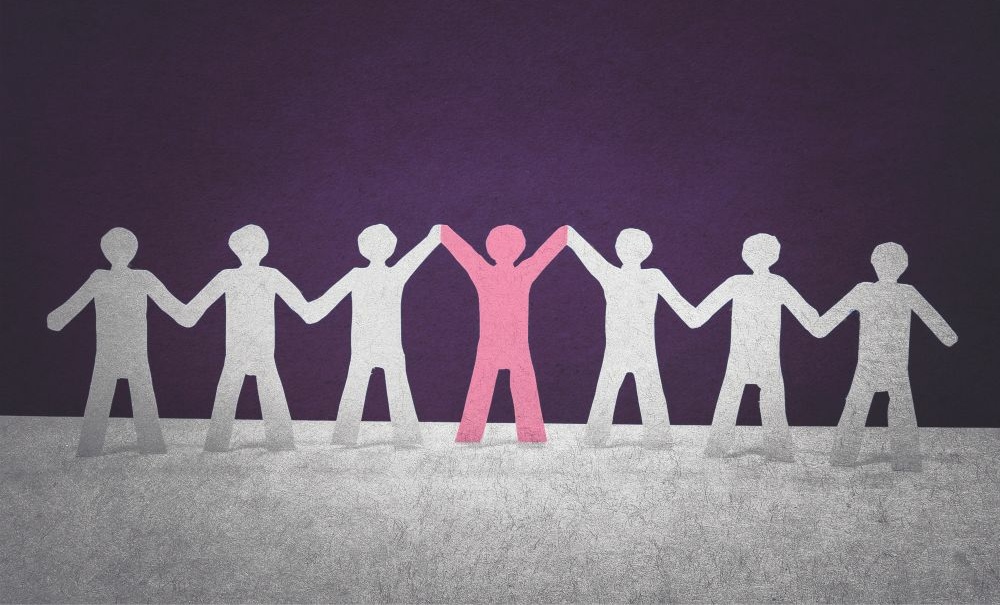Digital Profile/Identity
In the weeks immediately following a loved one’s death you will have many emotions to process and tasks to complete to get their affairs in order and prepare for the funeral service. During this incredibly difficult time thinking about what to do with your loved one’s social media and email accounts may not be a priority.
There is no timeline for when you should close a deceased person’s accounts, and you are under no obligation to do so if you prefer to leave them open. Some people choose to leave accounts as a way to feel close to their loved ones and still feel their presence. There can however be reasons why it might be upsetting to leave accounts open. The risk of accounts being hacked and loved one’s receiving spam messages or seeing their loved one’s accounts being used by someone else can be incredibly painful. Similarly, it can be confronting to receive notifications or birthday reminders from a deceased loved one.
If you would like to close a loved one’s account the information below will help you with the next steps to do this with the main providers.
Social media
Depending on the social media platform you may have the option to memorialise the account rather than delete it. Memorialising an account generally means that the page or account will remain on the site but as a memorial page with different functionality than an active user’s page. There is more detailed information explaining your options and the processes involved in the below sections.
Facebook offers all users the ability to decide what happens to their page in the event of their death. Your loved one may have already made their wishes for their profile known to Facebook. Users are given the options to: select a legacy contact who can manage their account in the event of their death, decide that their profile should be permanently deleted upon their death, or decide that their profile should be memorialised in the event of their death. It is not compulsory to complete these sections of Facebook, if your loved one did not complete these sections there will be more information further on to help you with the next steps.
If you have been selected as a legacy contact you will be able to permanently delete your loved one’s account, or manage their memorial page. Legacy contacts cannot log-in to your account, read or delete your messages, or add or delete your friends.
A legacy contact can currently:
- Write and pin a post to your profile (sharing your passing and details of your memorial service)
- Update your profile picture and cover photo
- Download a copy of what you have shared on Facebook (if you have this feature turned on)
- Delete your account permanently.
Memorialised profiles are a place for friends and family to share memories of their loved one on their timeline, and view content that the person previously shared e.g. posts and photos. The word ‘Remembering’ will be next to the person’s name. A memorialised profile won’t appear in suggestions for people you know, ads, or birthday reminders. No one can log-in to a memorialised page, even a legacy contact.
If your loved one did not nominate a legacy contact
You have two options, both of which involve contacting Facebook:
For both of these options you will need to provide Facebook with documentation proving that you are an immediate family member of the deceased person or an administrator or executor of their estate (birth certificate, will, Letters of Administration), along with proof of their death such as a death certificate, obituary, death notice, or service sheet.
X (formerly Twitter)
If you are an immediate family member or the administrator or executor of the estate, you can send an online request to X to deactivate the account of a deceased person. You will need to provide a copy of the death certificate and a form of ID for you as the requestor.
Instagram allows accounts to be memorialised or deleted after a person has died. To request an Instagram account is deleted you will need to prove the death and your relationship with the deceased. To request the memorialisation of an Instagram account you only need to prove the death of the account holder. Once the account has been memorialised it cannot be changed in any way, nobody can log-in, and the account will be hidden from Explore and other public spaces on the platform.
There is an online form requesting LinkedIn to memorialise or close an account of a loved one who has passed away. You will need to provide the URL to their profile, the email address used with their account, then name of the last company they worked at, proof of your relationship to the deceased, the date of their death, and proof of their death.
Email accounts
There is no option to memorialise an email account, if you do not want to leave the account open then it will need to be deleted. There are two ways to delete a deceased person’s email account:
- The easiest and quickest way is if you know their log-in details you can log-in to the account as them and close it down. This will also give you access to their emails and address book so that you can print or forward on anything you would like to keep.
- If you do not have access to the log-in details then you will need to contact the email provider and request deletion. If your request is successful the account will be deleted by the provider, and you will not be able to access their emails or address book. The process for doing this varies depending on the provider.
Gmail and Google accounts
If you are a relative or a legal representative of the deceased person, you can submit an online request to have a Google Account deleted.
Information you will need to provide:
- Full name of deceased person
- Email address of deceased person
- Your full name
- Your email address
- Your country and postcode
- Your relationship to deceased person
- The date of the death
- An ID document for yourself
- Death Certificate
- Any other relevant documentation or information that will help Google understand the circumstances
Yahoo email accounts
You will need to send a written letter addressed to Concierge Executive Escalations, Yahoo, 22000 AOL Way, Dulles, Virginia 20166, United States requesting them to close the Yahoo email account of your loved one.
Information you will need to include in the letter:
- Yahoo ID of the deceased person
- A copy of documentation that appoints you (the requesting party) as the personal representative, administrator or executor of the estate of the deceased. (If you are a family member this could be proof of your relationship.)
- A copy of the Death Certificate of the Yahoo account holder
Microsoft Outlook, Hotmail, Live, WindowsLive and MSN accounts
Once you have cancelled the deceased person’s credit card or closed the bank account associated with Microsoft subscriptions, Outlook.com and OneDrive accounts will be frozen after one year and all messages and files that are stored on OneDrive will be deleted shortly afterwards. Microsoft accounts expire after two years of inactivity. There is no way to request deletion of Microsoft accounts.
Accessing Google email without log-in details
If you need access to a loved one’s Google email account and you do not have the login information you will need to seek legal advice and serve Microsoft NZ with a subpoena or court order. Be prepared to provide a copy of the Death Certificate, the deceased person’s passport as a form of I.D. as well as your own as the requestor, and a copy of the will or legal documents that prove you are a beneficiary of the estate or are entitled to act on their behalf.
Microsoft NZ office address: Microsoft House, Level 5/22 Viaduct Harbour Avenue, Auckland CBD, Auckland 1010
What can a legacy contact do?
- Delete an account
- Write and pin a post to your profile (sharing your passing and details of your service)
- Update your profile picture and cover photo
- Download a copy of what you have shared on Facebook (if you have this feature turned on)
Legacy contacts cannot log-in to your account as you, read or delete your messages, or add or delete your friends.




